Carnet - Ultra, Lined - Ancient Illumination - Spinola Hours | Paperblanks
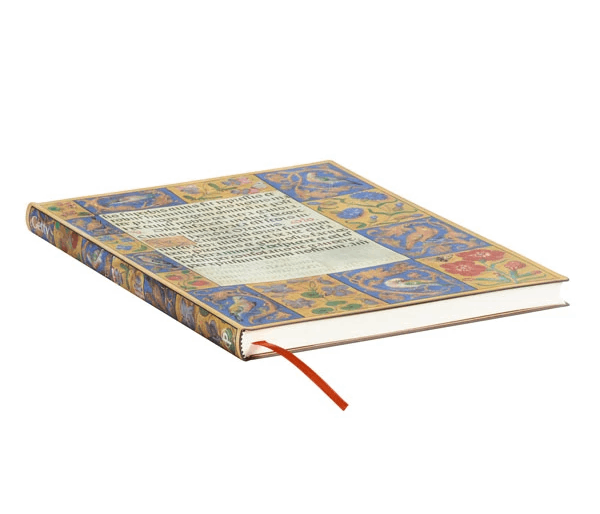
Detalii Carnet - Ultra, Lined -
carturesti.ro
140 Lei
Papetarie, birotica
Paperblanks
Carnet - Ultra, Lined - - Disponibil la carturesti.ro
Pe YEO găsești Carnet - Ultra, Lined - de la Paperblanks, în categoria Papetarie, birotica.
Indiferent de nevoile tale, Carnet - Ultra, Lined - Ancient Illumination - Spinola Hours | Paperblanks din categoria Papetarie, birotica îți poate aduce un echilibru perfect între calitate și preț, cu avantaje practice și moderne.
Preț: 140 Lei
Caracteristicile produsului Carnet - Ultra, Lined -
- Brand: Paperblanks
- Categoria: Papetarie, birotica
- Magazin: carturesti.ro
- Ultima actualizare: 19-08-2025 02:03:31
Comandă Carnet - Ultra, Lined - Online, Simplu și Rapid
Prin intermediul platformei YEO, poți comanda Carnet - Ultra, Lined - de la carturesti.ro rapid și în siguranță. Bucură-te de o experiență de cumpărături online optimizată și descoperă cele mai bune oferte actualizate constant.
Descriere magazin:
Displaying astounding naturalistic illusionism, the Spinola Hours is one of the most visually sophisticated 16th-century Flemish manuscripts. It contains a calendar of Church holidays, hours, offices and masses, as well as prayers, hymns and readings, all richly illuminated as seen in the page reproduced here.With pages displaying astounding plays of naturalistic illusionism, the luxurious personal prayer book known as the Spinola Hours is one of the most visually sophisticated Flemish manuscripts of the 16th century.A book of hours contains texts including a calendar of Church holidays, the Hours of the Virgin (a cycle of prayer services devoted to the Virgin Mary), the Office for the Dead, and other prayers, hymns and readings. This particular example augments these contents with a special series of weekday offices and masses, providing even more possibilities for rich illuminations. The book was undoubtedly commissioned for a wealthy patron, perhaps Margaret of Austria, for whom the Master of James IV of Scotland, a famed manuscript illuminator and painter, produced other works. In the 1700s it belonged to the Spinola family in Genoa, from whom it takes its modern name.We are honoured to feature this unparalleled example of illumination from the J. Paul Getty Museum as part of our collaborative collection.

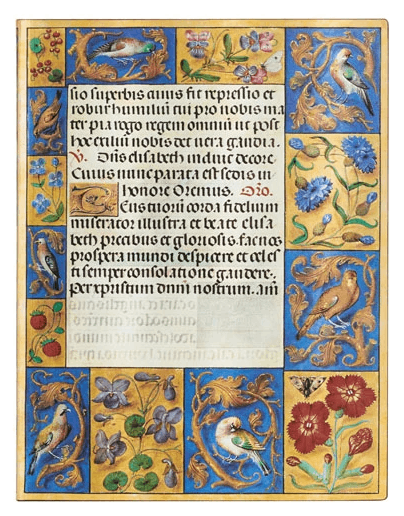
Produse asemănătoare

Garnet (Silver Filigree Collection) Ultra Lined Softcover Flexi Journal, Paperback/Paperblanks
![]() elefant.ro
elefant.ro
Actualizat in 06/10/2025
144.99 Lei
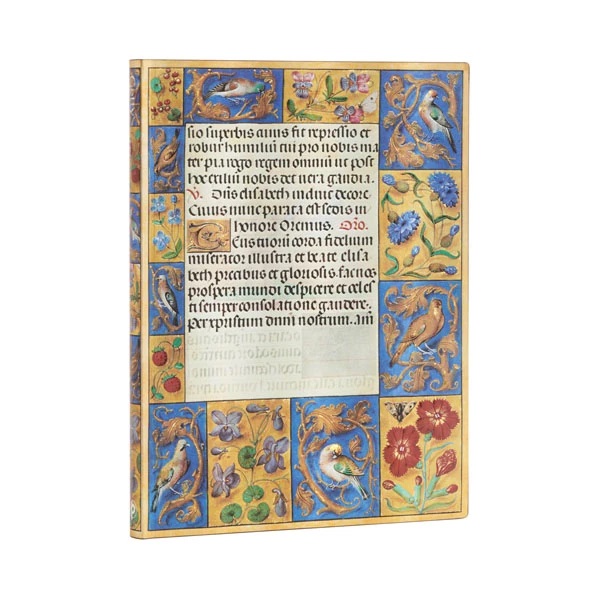
Carnet - Ultra, Unlined - Ancient Illumination - Spinola Hours | Paperblanks
![]() carturesti.ro
carturesti.ro
Actualizat in 19/08/2025
143 Lei
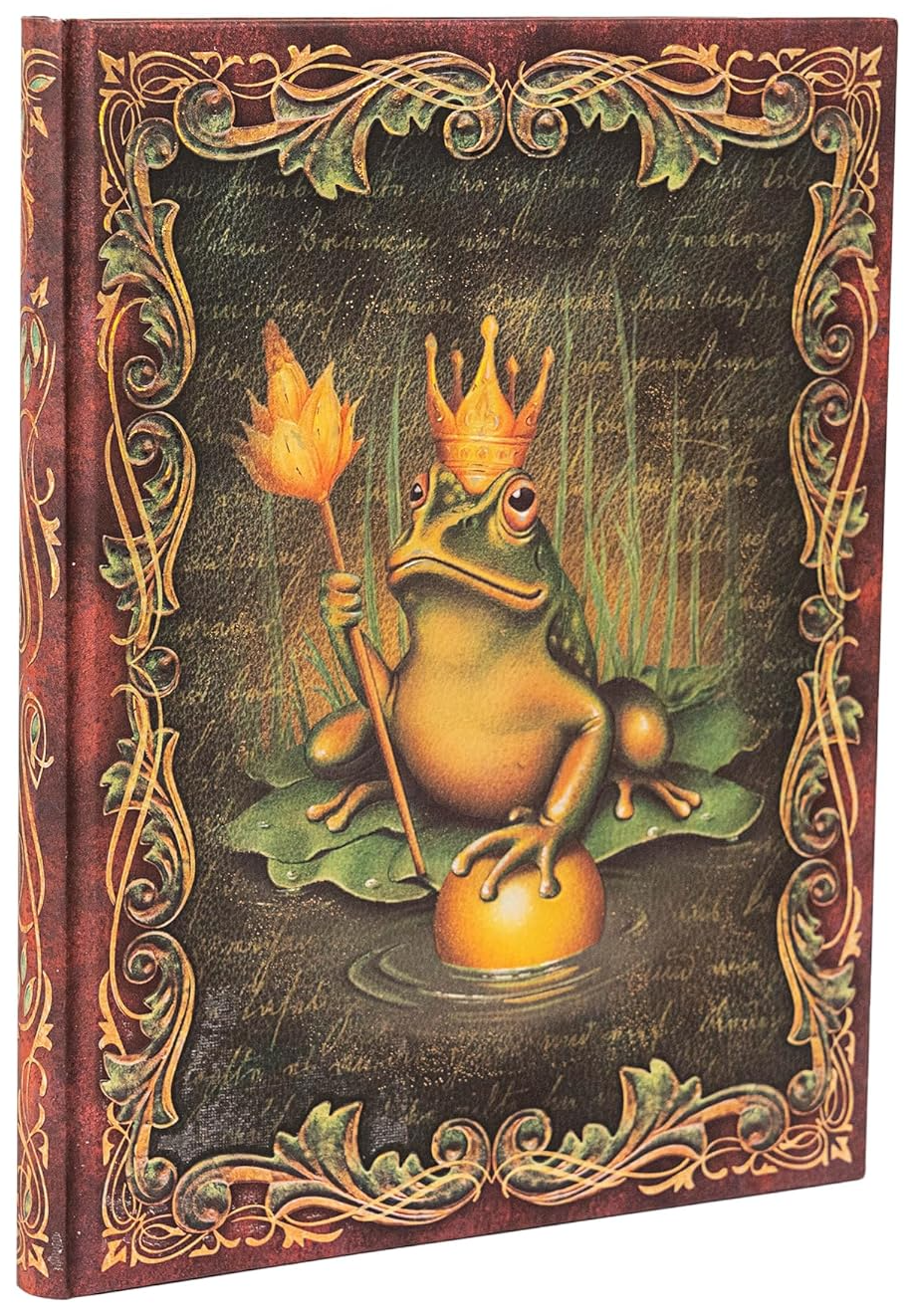
Carnet - Fairy Tale Collection - The Brothers Grimm, Frog Prince - Ultra, lined, hardcover | Paperblanks
![]() carturesti.ro
carturesti.ro
Actualizat in 19/08/2025
148 Lei
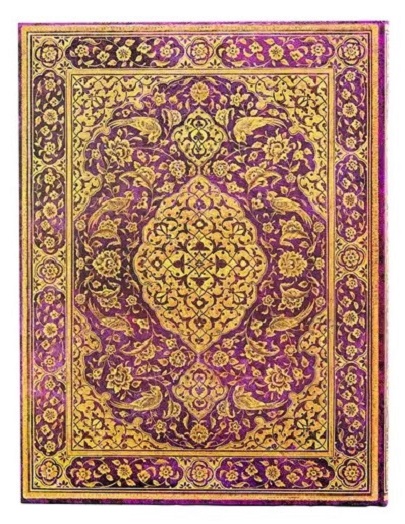
Carnet - Ultra, Lined - Persian Poetry - The Orchard | Paperblanks
![]() carturesti.ro
carturesti.ro
Actualizat in 19/08/2025
148 Lei
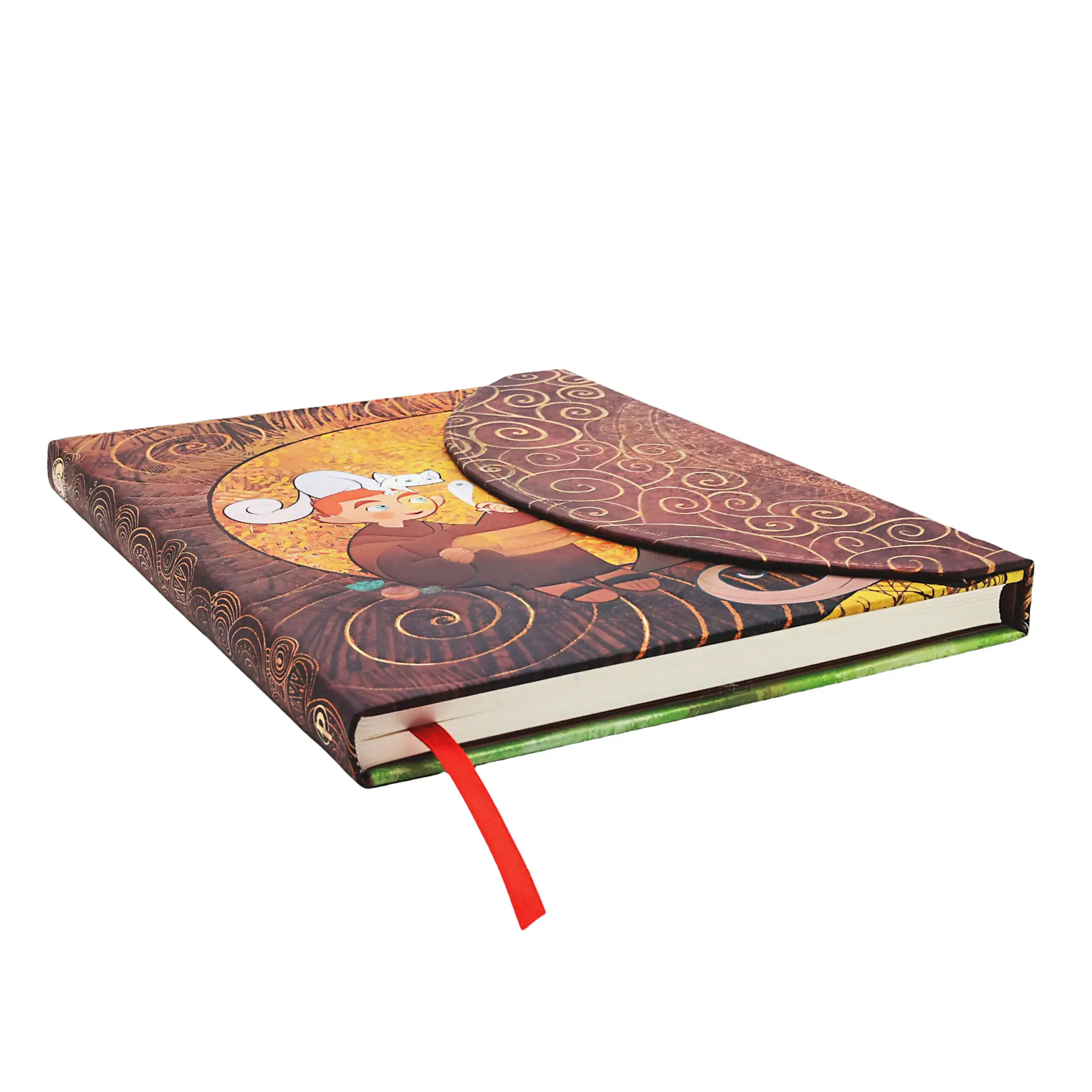
Carnet - The Secret of Kells - Ultra, Llined, Wrap | Paperblanks
![]() carturesti.ro
carturesti.ro
Actualizat in 19/08/2025
148 Lei
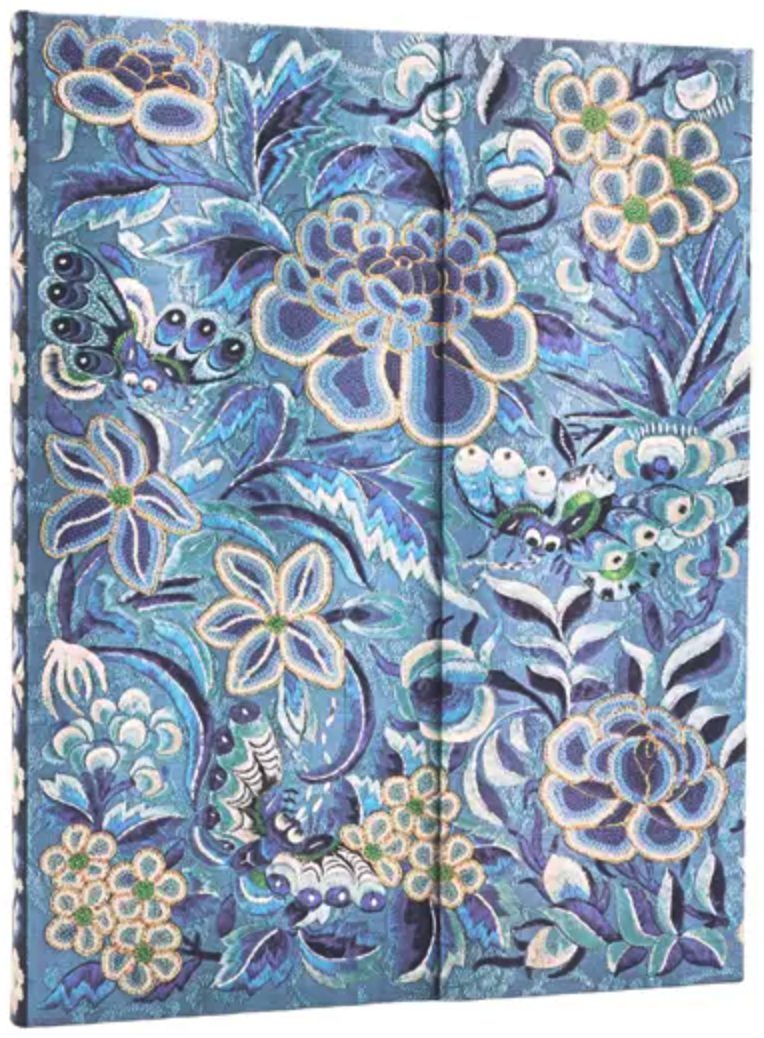
Carnet - Blue Willow - Ultra , Unlined, Wrap | Paperblanks
![]() carturesti.ro
carturesti.ro
Actualizat in 19/08/2025
148 Lei





